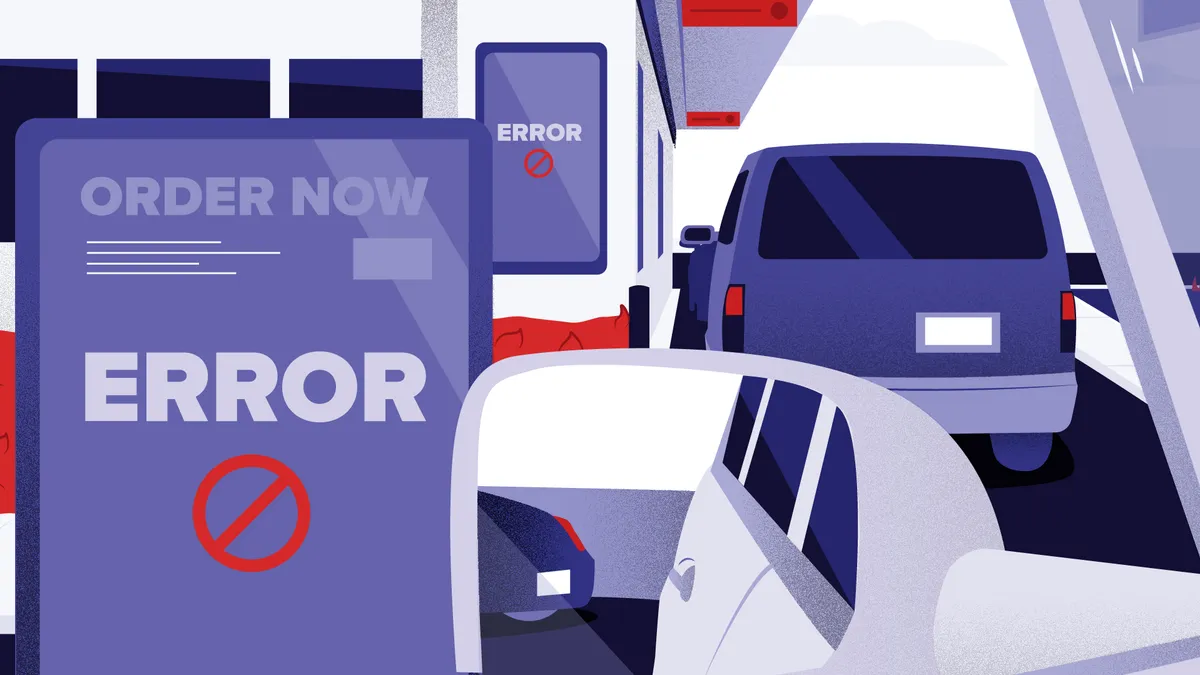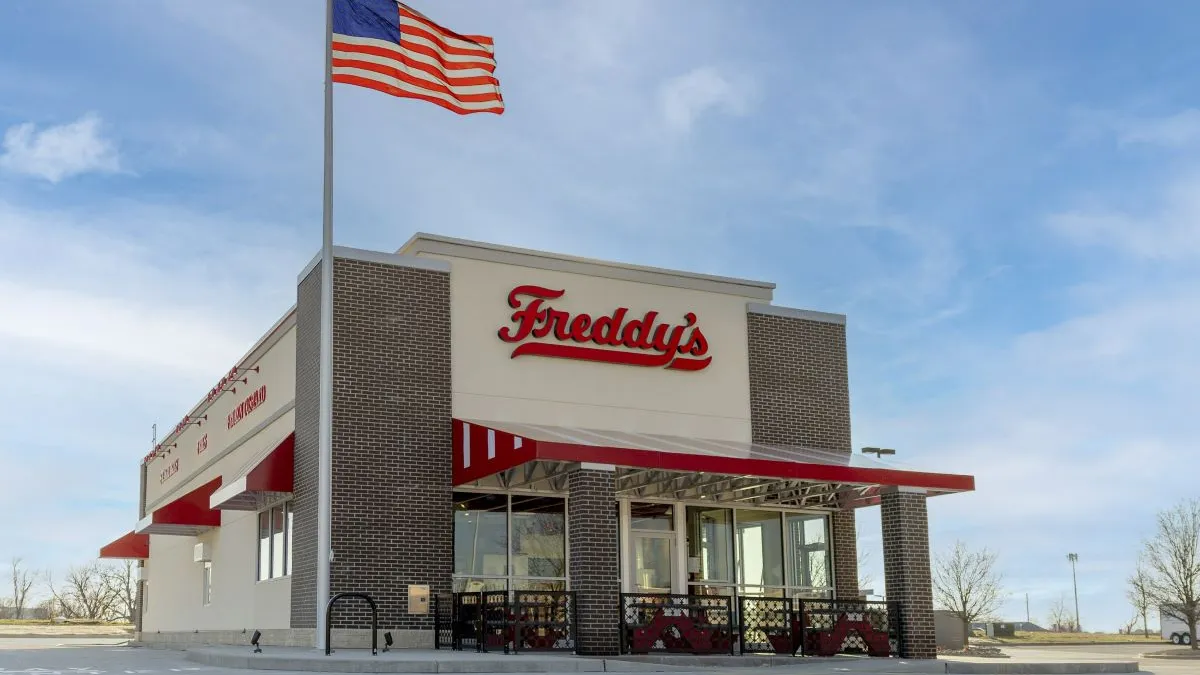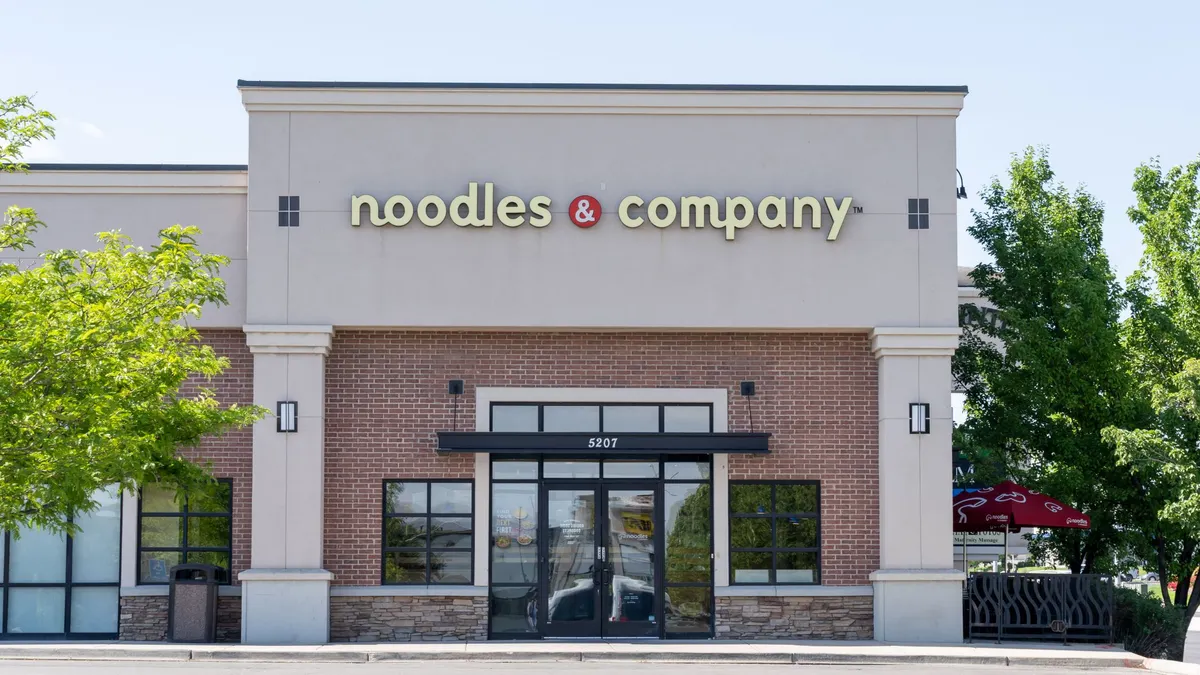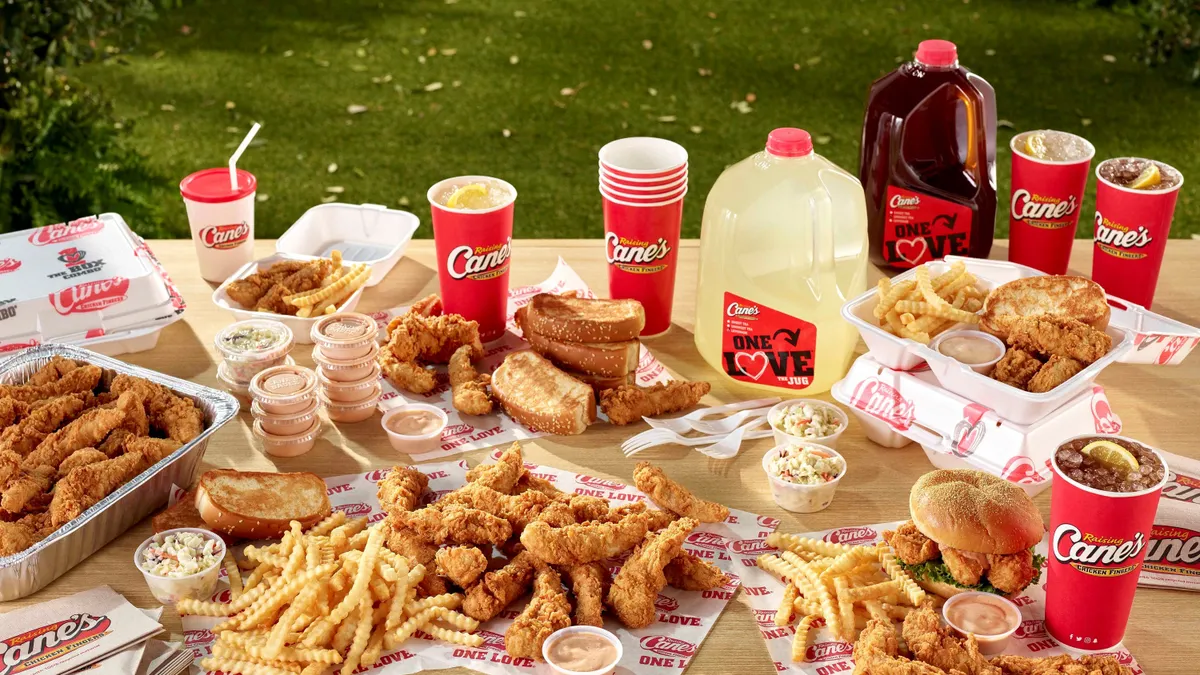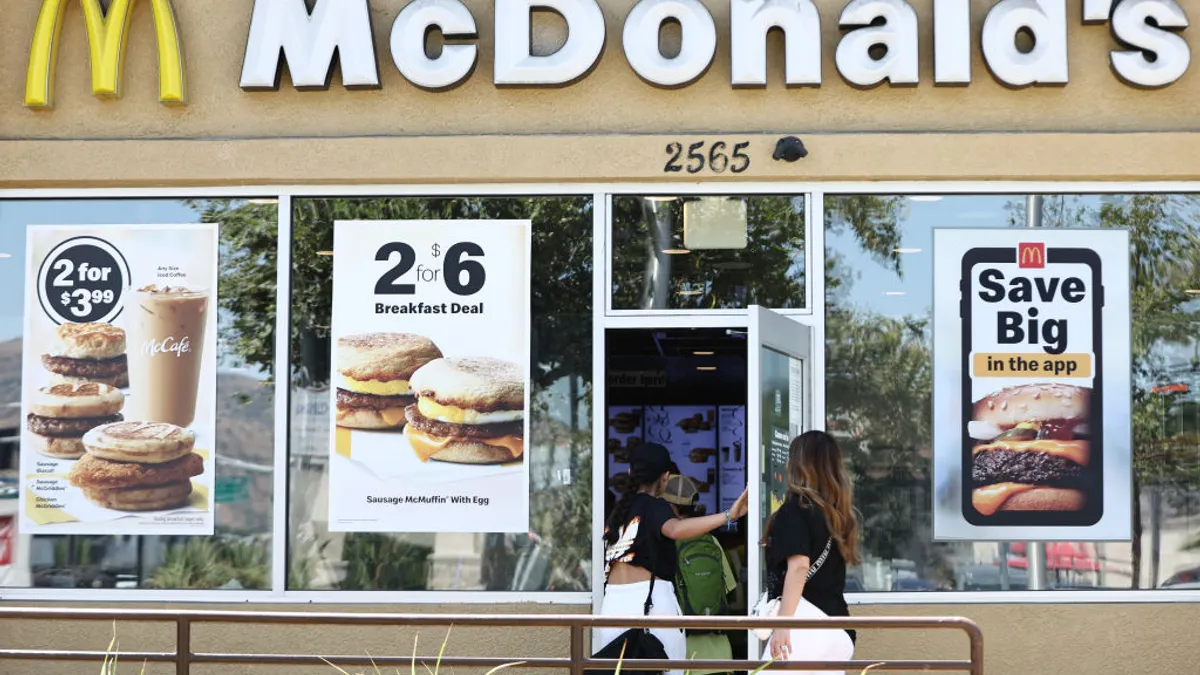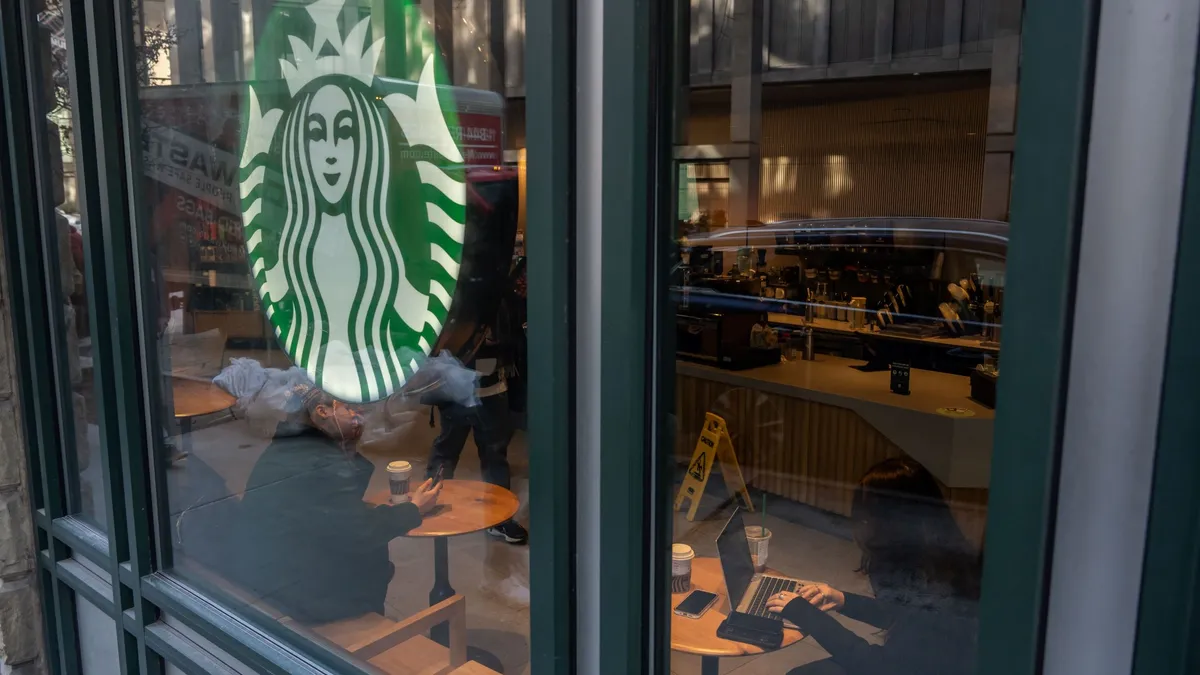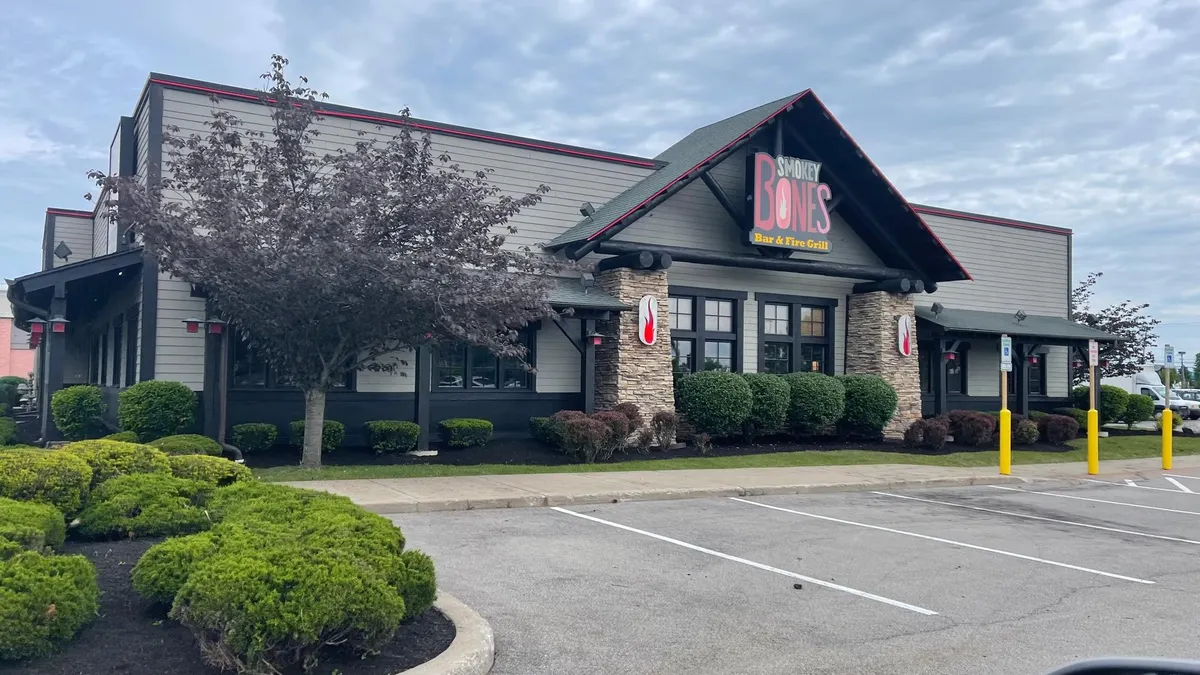This is the first in a series of articles looking at the impact of artificial intelligence and emerging technologies in restaurants.
Although the idea of "artificial intelligence" has been around since 1956, this seems to be a breakthrough year for AI in the restaurant space.
Major players from Chick-fil-A to Chipotle to Domino's have implemented AI in some form or fashion, whether to identify food safety issues, scale up logistics or generate orders via voice assistance. Even some smaller chains are getting on board the AI train. In February, Colorado-based Good Times Burger & Frozen Custard launched its conversational AI platform through a partnership with Valyant AI, for example.
Perhaps the biggest breakthrough came when McDonald's adopted the technology. In March, the chain spent $300 million to acquire Dynamic Yield, a company focused on personalization and decision logic. McDonald's followed that deal with the acquisition of Apprente, which uses AI to understand voice commands.
As with any new technology, AI comes with risks and a sizable learning curve. AI implementation is being driven by the C-suite 33% of the time, according to TechPro Research. This could force restaurant operators, whose core competencies are food and service, out of their comfort zones, especially if they're not receiving appropriate support to learn AI's applicability within their business.
AI can also malfunction or fail entirely, and often. According to an IDC survey, 25% of companies report up to a 50% failure rate for their AI projects.
There are plenty of high-profile examples of this. Remember Microsoft's AI Chatbot, Tay? Or IBM's $62 million failure, Watson for Oncology that provided incorrect cancer treatment advice? Perhaps the good news for restaurants is that any major failure will not likely have long-lasting consequences.
"I was at Wendy's and their computers were down and they couldn't charge me. I got my food for free. If this happens in the restaurant industry, it may be problematic, but AI is being used to fly airplanes, to conduct military responses, drive the stock market. Here, the worst case may be you don't get your lunch," Roman Yampolskiy, a computer engineering and computer science professor at the University of Louisville, told Restaurant Dive.
Yampolskiy has conducted an abundance of research on AI failures. He notes there are hundreds of such examples, and adds that human experts are trained to anticipate how these products are going to fail and what to do about it.
"The saying is if you design AI to do X, it will fail to do X. But again, in this industry, it's not a huge deal. It's not an airplane falling out of the sky," he said.
Still, there are deep investments in this technology and restaurant companies are beholden not just to their shareholders, but also their customers. So, reputational risks are possible and could potentially be costly.
Punchh — a digital marketing platform provider for restaurants — safeguards against malfunctions by conducting a significant amount of backtesting and scenario testing to anticipate when its AI will malfunction, how significant the malfunction could be and what the leading indicators are.
"We understand that the offline models and real-world models can be different. We have embedded unit testing and assertion testing to ensure we don't accept extraordinary results. We build monitors for our model features so that we can immediately tell if the distribution of the key features is doing fine or having anomalous values," Xin Heng, Punchh's senior director and head of data science, told Restaurant Dive.
For Valyant AI, the process is a bit more sequential. CEO and Founder Rob Carpenter said there is a four-tiered response to ensure the system works. The first step is to make sure the AI is accurate when interpreting a diner's drive-thru order. If it's not, then the company makes sure the AI asks an appropriate follow-up question.
"AI is being used to fly airplanes, to conduct military responses, drive the stock market. Here, the worst case may be you don’t get your lunch."
Roman Yampolskiy
Computer engineering and computer science professor, University of Louisville
For example, if a customer is ordering a milkshake at the drive-thru, but the system couldn't catch what flavor they requested because of some background noise, the AI will ideally ask for more information to correct itself.
Third, Valyant employs a "human in the loop," who listens to the flow of the conversation off site and can fix things in real-time if there's a problem. And, finally, an on-site restaurant employee can take over the conversation if the AI system has malfunctioned or stopped all together.
"It may sound like a lot to a restaurant operator, but we provide steps one through three and we have a 95% to 97% successful order completion rate through those three steps on average," Carpenter told Restaurant Dive.
The Valyant AI system alerts employees if there is an issue with the technology.
"The employees always know when to take over. If AI is going off the rails, humans can take over and instantly be in control," Carpenter said. "There is never a situation where it just doesn't finish the job one way or another."
What about the data?
Severe malfunctions are rare, according to Heng. That's the good news for companies investing in such technology. A bigger challenge may be the educational piece, specifically as it applies to customers providing their data into these systems. For example, when a job applicant enters their personal information into Alexa for McDonald's new Apply Thru feature, where does that information go and what happens if there is a breach?
Yampolskiy said as more companies adopt AI and other technologies, it is necessary to have a backup.
"If you don't, you're going to lose your data. It's that simple. It’s a given now," he said.
Carpenter said Valyant doesn't collect any personally identifiable information from individual customers, but rather uses audio recordings to train its software.
"Even if our system was breached, it would be hundreds of thousands of conversations through audio files of people ordering fast food. You don't know who they are or anything else," he said.
Punchh's programs also don't use customers' financial data or physical locations, so AI wouldn't be the cause of a data security issue should one arise.
"Even if our system was breached, it would be hundreds of thousands of conversations through audio files of people ordering fast food. You don't know who they are or anything else."

Rob Carpenter
Founder and CEO, Valyant AI
"To safeguard against a compromise, we must have a great monitoring system that can send out alerts. The bots are not sitting there doing nothing," Heng said. "Instead, they can cause one of your monitored metrics to be out of whack. If you can catch the anomaly, you will be a better hand mitigating a compromise situation."
That doesn’t alleviate potential concerns in the future, however, especially as this technology continues to evolve at a rapid pace. We could enter an era of privacy breaches, for example, where insurance companies become aware of a customer's frequent fast food ordering habits, Yampolskiy said.
"That data is another source of income. Knowing a customer's patterns is worth more than a burger," he said.
Carpenter agrees that compromised privacy could be an issue down the road.
"It will come down to companies having to offer the ability for customers to opt-in to sharing their information and intensive security protocols on the backend," he said. "But there are millions of restaurant loyalty customers and thousands of restaurants collecting customer information for those programs and we haven’t heard of any big privacy breaches. I don’t think this is much different."
Benefits of AI
Should a major failure occur, it would no doubt be costly. But experts argue the benefits far outweigh any potential costs, whether the technology is used to mitigate food safety or to save on labor costs. Consider Chick-fil-A's application, for example. The company's AI system, hosted by AWS, can spot signs of foodborne illness with nearly 80% accuracy.
Yampolinsky said that unlike human labor, AI poses potential with few unexpected expenses
“The return is high. Think about how much companies pay for employees in this industry. With this technology you don't have health care [costs], minimum wage [costs], sexual harassment issues," Yampolskiy said.
Carpenter estimates that an AI product can increase profitability 10% to 30% by increasing throughput, upselling, automating mundane tasks and providing other labor savings such as insurance. However, that’s not to say that quick-service employees are going to become obsolete.
“People don’t enjoy being pressured to upsell. This technology will make [restaurant workers'] jobs easier and better,” Carpenter said. “When Henry Ford adopted the assembly line, he could sell more Model Ts for cheaper, then more people could buy the Model T and he could employ more people than he would have been able to had he stuck to manual. This is just like that. AI is going to be a human multiplier.”


